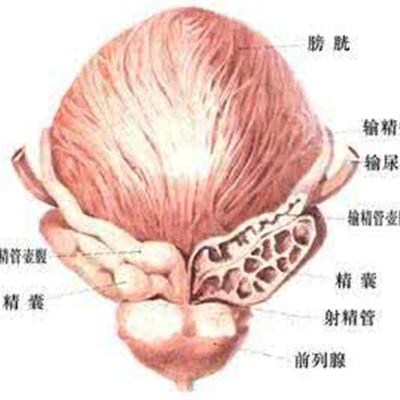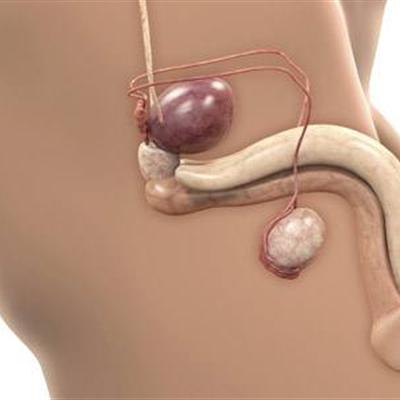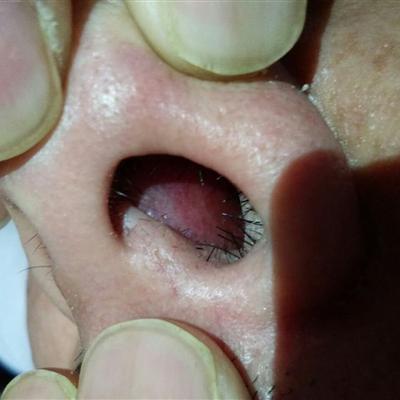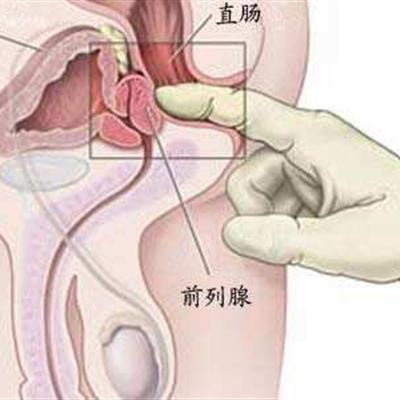What symptom does congenital tibia absence have?
summary
Congenital absence of tibia is a rare longitudinal defect of limbs. It is often accompanied by ipsilateral proximal femoral dysplasia, femoral duplication, tarsal bone bridge and other deformities. Congenital absence of tibia is a kind of longitudinal defect of limbs, which is rare in clinic and unknown in etiology. What are the symptoms of congenital absence of tibia?
What symptom does congenital tibia absence have?
Common symptoms: tibiofibular joint separation, foot varus, lateral malleolus protrusion, kalamchi et al. According to clinical and X-ray manifestations, they can be divided into three types. Type I is complete absence of tibia, mainly characterized by leg shortening and bending deformity; Occasionally, there were absence of metatarsal bone in medial column of foot, flexion contracture of knee joint, upward movement of fibular head and hypoplasia of distal femur; The proximal tibia and distal femur developed well, so the function of the knee joint was preserved, but the proximal fibula moved backward and the knee joint flexed slightly; Type III is characterized by distal tibial dysplasia, distal tibiofibular joint separation, foot varus and lateral malleolus protrusion.

The affected leg had shortening deformity, the proximal fibular head could be touched, and the foot showed severe varus plantar flexion deformity with hind foot stiffness. Although the proximal tibia can not be shown on X-ray, the proximal tibial primordium can be touched in older children. Usually, the knee joint has flexion deformity. When the knee flexion deformity is serious, due to quadriceps hypoplasia, the knee joint extension function is lack. Partial tibial hemiarthroplasty may be accompanied by femoral hypoplasia.

If the quadriceps knee extensor is functional, there is no need for joint amputation. Proximal tibiofibular fusion combined with Syme amputation or distal reconstruction is an alternative treatment.

matters needing attention
Syme amputation can obtain good function. Ankle reconstruction with foot and ankle preservation has also been described. However, most patients are suitable for the combination of distal tibiofibular fusion and distal fibular epiphyseal block. If accompanied with clubfoot deformity, it is necessary to do foot soft tissue release.

















